Kingstone robotic grinding and polishing processing system serves the aerospace and power generation industries, providing precise grinding. It can grind various special materials, whether the workpiece is large or small, such as turbine blades.

Kingstone Robotics is a specialized provider of automated grinding, polishing, and deburring systems tailored explicitly for aerospace manufacturing. Leveraging state-of-the-art automated technology and in-house engineered robotic systems, we deliver customized, precise, and consistent surface finishing solutions that meet stringent aerospace quality standards.
Our Integrated Automation Solutions Include:
In the aerospace industry, the need for high-precision, safety-critical, and performance-optimized components is paramount. To meet these rigorous requirements, aerospace manufacturers are adopting automated solutions for surface finishing processes such as polishing, grinding, and deburring. These automated techniques play a vital role in enhancing the structural integrity, aerodynamic efficiency, and longevity of aerospace parts.
Polishing is a surface treatment process designed to produce a smooth, refined finish by mechanically or chemically treating a surface to reduce roughness and improve uniformity. In aerospace manufacturing, polishing is critical for minimizing drag, improving airflow over engine parts, and enhancing corrosion resistance. Components like turbine blades and fan cases often undergo polishing to meet strict aerodynamic and visual inspection standards.
Grinding is a precision machining technique that utilizes abrasive wheels to remove material from a workpiece. This process is essential in achieving tight tolerances and smooth surface finishes. In aerospace applications, grinding is widely used for complex parts such as compressor blisks, turbine disks, and landing gear shafts. Accurate grinding ensures each component meets exact dimensional specifications for high-stress performance environments.
Deburring is the process of eliminating small irregularities, or burrs, left on metal components following machining operations. These imperfections can interfere with component assembly and compromise safety in aerospace systems. Automated deburring is especially critical in aircraft manufacturing, where edge quality can affect sealing, fitment, and fatigue life of precision parts such as brackets, housings, and structural fasteners.
Engine Components: Turbine blades, compressor blisks, and fan cases
Structural Parts: Fasteners, brackets, and airframe joints
Landing Gear Assemblies: Shafts, pins, and axle components
External Surfaces: Wing edges, fuselage panels, and nacelle structures
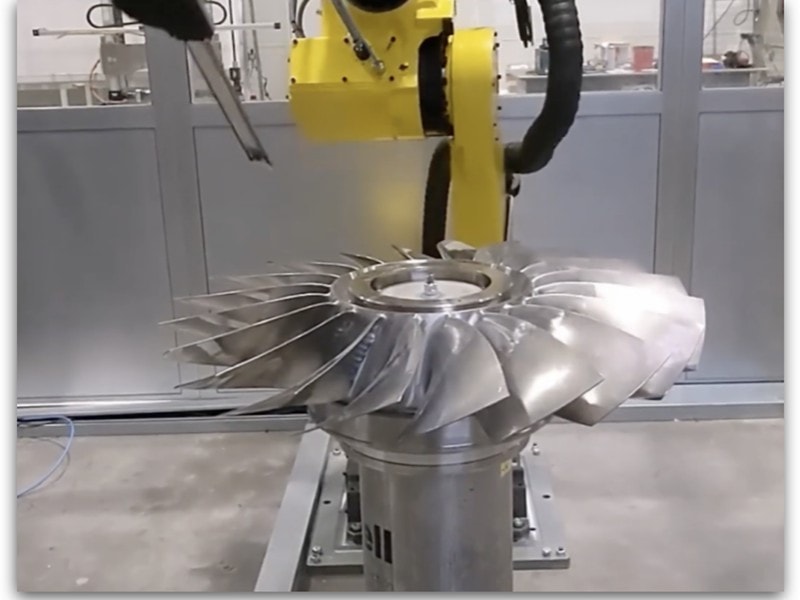

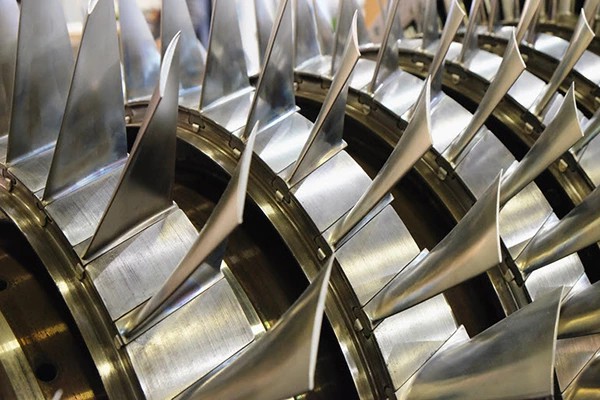
Used for fan blades, turbine vanes, and housing surfaces. Robotic polishing ensures low surface roughness (Ra<0.2μm) and uniform aerodynamic contours.
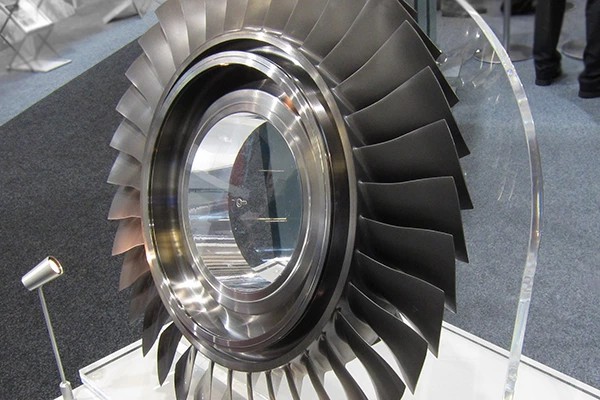
Automated CNC and robotic grinding for aerospace pins, shafts, and rotor disks enhances geometric accuracy and part interchangeability.
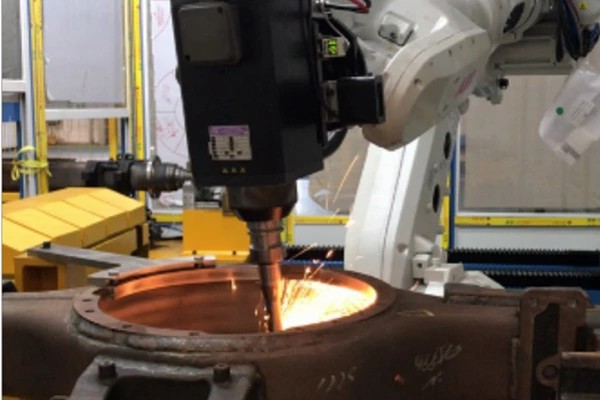
Removes critical-edge burrs in structural frames, fasteners, and casing components. Essential for reducing fatigue failure risk in flight-critical parts.
Manual surface finishing processes are labor-intensive, time-consuming, and prone to inconsistencies. Automation addresses these challenges by providing:
Automated finishing systems ensure consistent results across every aerospace component. With adaptive force control and sensor feedback, surface roughness, dimensional tolerance, and geometry are maintained within strict limits. This repeatability is vital for parts exposed to high stress and aerodynamic forces.
Whether for:
Aerospace automation boosts productivity by combining robotic arms, CNC control, and advanced tool paths. Cycle times are shortened without sacrificing accuracy, allowing more parts to be processed within shorter timeframes—ideal for meeting demanding production schedules.
Whether for:
Surface finishing often involves dust, heat, noise, and repetitive strain risks. Robotic automation reduces human involvement in hazardous environments, increasing workplace safety while maintaining process precision.
Whether for:
Reducing scrap, rework, and labor expenses, robotic automation leads to major cost savings. Smart tool wear detection and process monitoring keep maintenance predictable and part quality high.
Whether for:
Kingstone systems are engineered for titanium, Inconel, carbon composites, and aluminum alloys. Adaptive tooling adjusts to curvature, material hardness, and vibration sensitivity to ensure uniform, defect-free surfaces.
Whether for:
Our systems adapt to material challenges with precision and consistency.
Automation solutions are modular and can be tailored to production volume, part type, and finishing requirements.
Whether for:
Robotic polishing and grinding systems can be scaled and integrated seamlessly into aerospace production lines.

Turbine blades, stator vanes, engine fan blades, integrated airfoil components

Aircraft wheel hubs, landing gear assemblies, brake drums, axle interfaces
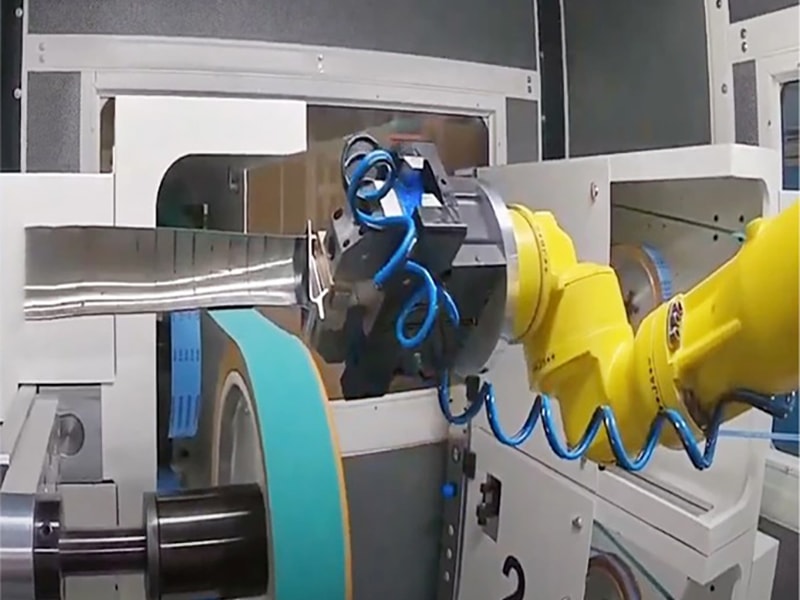
Fan cases, blisks, diffuser housings, ring structures, nacelle components
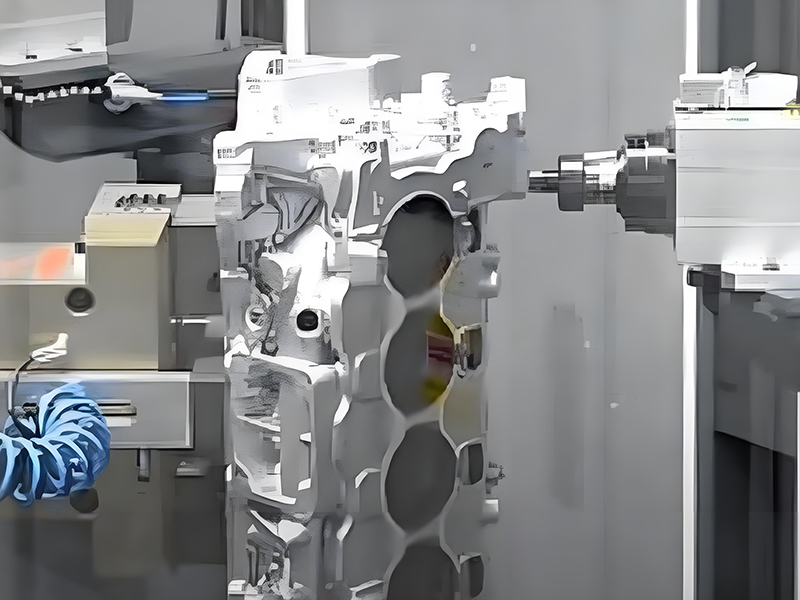
Backed by decades of experience and partnerships with leading global brands.

We use cookies to collect information about how you use this site. We use this information to make the website work as well as possible and improve our services.